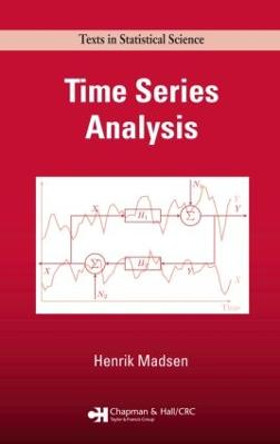The last decade has brought dramatic changes in the way that researchers analyze economic and financial time series. This book synthesizes these recent advances and makes them accessible to first-year graduate students. James Hamilton provides the first adequate text-book treatments of important innovations such as vector autoregressions, generalized method of moments, the economic and statistical consequences of unit roots, time-varying variances, and nonlinear time series models. In addition, he presents basic tools for analyzing dynamic systems (including linear representations, autocovariance generating functions, spectral analysis, and the Kalman filter) in a way that integrates economic theory with the practical difficulties of analyzing and interpreting real-world data. Time Series Analysis fills an important need for a textbook that integrates economic theory, econometrics, and new results. The book is intended to provide students and researchers with a self-contained survey of time series analysis. It starts from first principles and should be readily accessible to any beginning graduate student, while it is also intended to serve as a reference book for researchers.
I am extremely enthusiastic about this book. I think it will quickly become a classic. Like Sargent's and Varian's texts, it will be a centerpiece of the core cirriculum for graduate students. -- John H. Cochrane, University of ChicagoAbout the AuthorJames D. Hamilton is professor of economics at the University of California, San Diego.
Reviews"A carefully prepared and well written book... Without doubt, it can be recommended as a very valuable encyclopedia and textbook for a reader who is looking for a mainly theoretical textbook which combines traditional time series analysis with a review of recent research areas."--Journal of Economics
Book InformationISBN 9780691042893
Author James D. HamiltonFormat Hardback
Page Count 816
Imprint Princeton University PressPublisher Princeton University Press
Weight(grams) 1701g








